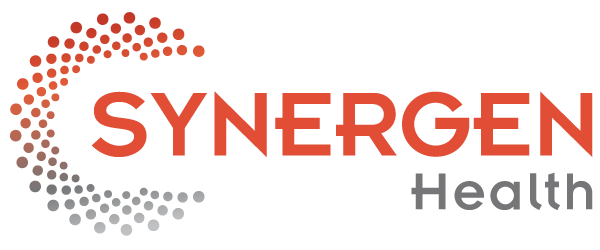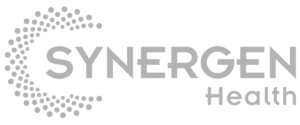 Risk categories that many Americans face every day – financial insecurity, food insecurity, social isolation, addiction, transportation access and health literacy to name a few – all play a major role in their ability to properly seek and pay for their health care. In fact, a recent consumer survey confirmed that 68% of respondents experience challenges in at least one social determinant of health risk category. Consequently, SDoH largely influence a health care provider’s revenue cycle, as these trends inherently increase the complexities of payment patterns and care routines.
Risk categories that many Americans face every day – financial insecurity, food insecurity, social isolation, addiction, transportation access and health literacy to name a few – all play a major role in their ability to properly seek and pay for their health care. In fact, a recent consumer survey confirmed that 68% of respondents experience challenges in at least one social determinant of health risk category. Consequently, SDoH largely influence a health care provider’s revenue cycle, as these trends inherently increase the complexities of payment patterns and care routines.
To better understand the impact, here are three top correlations:
- More missed appointments. Patients with high SDoH risk are more likely to miss multiple medical appointments per year, and no-shows affect both patient and financial health – missed appointments mean lack of medical care for patients who need it and lost utilization/reimbursement for providers.
- Bundled payments become difficult to manage. With multiple events in the delivery routine, risk factors at home and in the community can make it complicated to adhere to the bundled payment system (therapy, medications, follow-up appointments, dietary plans), resulting in insufficient health outcomes that can impact value-based reimbursements.
- Readmissions rise. Readmission rates are an important consideration across the board for SDoH categories. When appropriate SDoH elements are accounted for and integrated into clinical routines, readmissions can be reduced. This results in penalty reduction and the ultimate goal – improved health.
Determining how to engage patients in their SDoH challenges is fundamental to population health management. To address the complexities above, RCM leaders must communicate with their care teams to better understand and actualize the SDoH needs of their patients. This requires two components: proactive management and a targeted overview of patient health patterns.
To streamline and enhance this process, providers must utilize predictive data analysis to segment patient populations while enabling pre-arrival preparations and administering appropriate methods of care. This allows health care organizations to modify workflow to more accurately target high-risk patients, determine more effective methods of engagement, and better allocate staff and resources.
Social determinants of health have gained considerable buzz over the last few years, as providers and payers work to foster a healthier patient population and create more seamless revenue cycles across organizations. Heightened communication and patient engagement – paired with the right proactive tools and processes – will surely support these goals.

